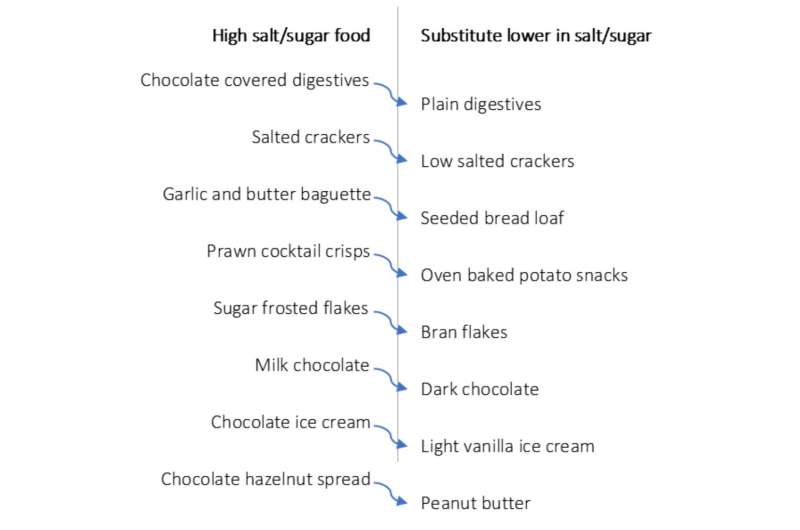This article has been reviewed according to Science X's editorial process and policies. Editors have highlighted the following attributes while ensuring the content's credibility:
fact-checked
trusted source
proofread
Q&A: How can we get more people to eat climate-smart?

In a new study, Patricia Eustachio Colombo and her colleagues have developed suggestions for healthy and climate-friendly dietary patterns. Now, it's just a matter of getting us to adopt them.
How important is the diet from an environmental point of view?
Very important! The food we eat accounts for about a third of total carbon emissions, which is more than the entire transport sector.
How many people eat a climate-friendly diet today?
We don't have good figures on that. We know that about five percent of the Swedish population are vegetarians, and vegetarian diets are generally more climate-friendly.
How do you eat healthy and climate-smart?
In our research, we looked at how Swedes eat today in a few different dietary clusters and then optimized the diet according to IPCC's maximum limit for emissions of about 1.6 kg of carbon dioxide per person and day. At the same time, the diet had to meet the Nordic Nutrition Recommendations and not cost more than current diets. To maximize acceptance, we also wanted the diet to be as similar as possible to the original dietary patterns.
In your model, a classic meat diet has to limit its meat content to one portion per week and instead include at least one portion of lentils or beans per day to be climate-friendly. That's quite a big difference.
In a way, yes. Our ambition has been for the diet to contain the same foods you eat today but in different proportions. Previous research has shown that this is the key to success in changing dietary habits.
What are the challenges of getting more people to eat according to your model?
It takes a very long time to change dietary habits. It is partly about knowledge of the importance of changing dietary habits from an environmental perspective, but also about knowledge of how to prepare appetizing and climate-friendly food. But it is also about time and money.
A low-income family with several children may not have the time to make lentil patties or the money to buy fresh vegetables, so they end up buying sausages or meatballs that they find at a reduced price. That can be prepared quickly.
What is needed to bring about change?
We have focused a lot on children. Dietary habits are shaped when we are young, and in Sweden, all children get free school lunches. In three research projects, we have gradually introduced more and more plant-based foods in schools to reduce climate impacts.
First in Botkyrka, then in Uppsala and Lund. All the foods from the original menu remained, but we changed the recipes so that, for example, a meat stew had less meat and more legumes. The menu was still nutritious. But there's also a need for a political change. Taxes or subsidies on food have been shown to have the strongest effect on dietary habits. More information can give both individuals and politicians the will to influence in the right direction.
The study is published on the Research Square preprint server.
More information: Patricia Eustachio Colombo et al, Modeling impacts of a salt and sugar tax on intra-category food substitutions, BMI and environmental footprints, Research Square (2024). DOI: 10.21203/rs.3.rs-3958741/v1




















